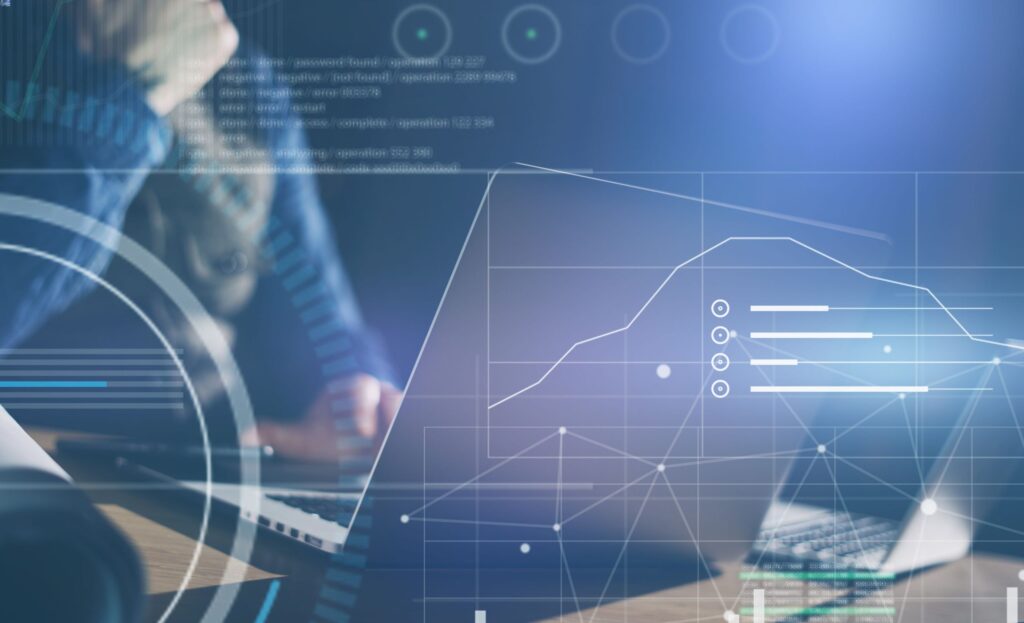-
Audit & Compliance
-
Anti-Money Laundering (AML)
AML is one of the most data-intensive processes but can be simplified using RPA. Whether catching suspicious banking transactions or automating manual processes, banking automation has proven to save both cost and time compared to labour-intensive traditional banking solutions.
-
Fraud Detection
With the banking fraud landscape expanding, banks are worried about strengthening their fraud detection mechanisms. With the advent of the latest technology, banking frauds have only multiplied.
Thus, it is next to impossible for banks to check every transaction to identify fraud patterns in real time manually. RPA smartly deploys an ‘if-then’ method to identify potential fraud and flag it for a quick resolution to the concerned department.
-
-
Data Processing and Verification
-
Accounts Payable
Accounts Payable (AP) is highly monotonous as it requires digitising vendor invoices using Optical Character Recognition (OCR), extracting data from all the necessary fields in the invoice, and validating them quickly.
Robotic Process Automation in banking empowers businesses to automatically credit all payments to the vendor’s account after detailed validations and error reconciliations.
-
General Ledger
To prepare financial statements, banks must update their general ledger with crucial information, such as revenue, assets, liabilities, expenses, and revenue. The manual management process is highly error-prone and uses vast data from diverse systems.
RPA in banking comes to the rescue. In this case, it integrates data from diverse legacy systems to present them collaboratively in the required format, reducing data handling efforts and time.
-
Mortgage Processing
In the banking industry, mortgage processing is highly labour-intensive and tedious for banks and their customers. Banks take over a month to manage their mortgage process, which includes numerous worrisome steps, such as employment verification, credit checks, and inspections, before approving each loan request.
However, RPA has accelerated this process for banks. Robotics follows a defined set of rules to eliminate all potential bottlenecks and speed up mortgage processing.
-
Bank Reconciliation
According to a report, around 42% of financial professionals identified reconciliation as a significant pain point contributing to reconciliation errors. Reconciliation is a critical yet time-consuming process for banking organisations, requiring the verification of high-volume transactions across multiple systems. Robotic Process Automation streamlines bank reconciliation by automating data extraction, matching records, identifying discrepancies, and ensuring compliance.
RPA bots can swiftly compare transactions from various sources, flag inconsistencies, and trigger alerts for manual review when necessary. This reduces reconciliation time by up to 80%, minimises errors, and enhances regulatory compliance.
By automating journal entries, data validation, and reporting, RPA not only improves operational efficiency but also frees up employees to focus on high-value tasks.
-
Conclusion: The Future of RPA and Emerging Technologies in Banking
Adopting Robotic Process Automation (RPA) in banking has transformed the industry by streamlining complex workflows, reducing operational costs, enhancing compliance, and improving customer experiences. From loan processing to fraud detection, RPA has proven to be a game-changer, enabling banks to operate more efficiently and precisely.
However, the future of banking automation goes beyond RPA. The next wave of innovation will integrate Artificial Intelligence (AI), Generative AI, Agentic AI and others to create a more intelligent, secure, and customer-centric banking ecosystem.
AI-powered chatbots and virtual assistants will enhance customer interactions, while blockchain will revolutionise transaction security and transparency. Additionally, hyperautomation—the combination of RPA with AI and analytics—will further push the boundaries of automation, enabling real-time decision-making and predictive analytics.



